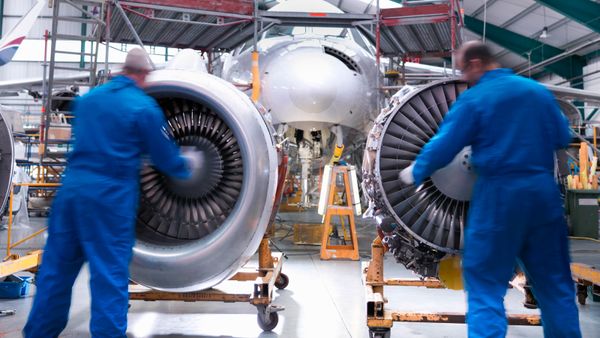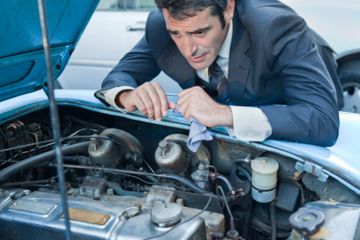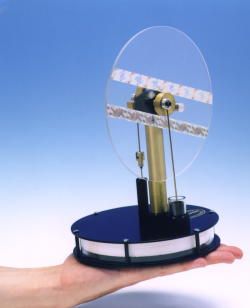"Gentlemen, start your engines ..."
This phrase was once, and occasionally is still, a civilized beginning to any cut-throat motor race event. Without thinking, the author of that over-used statement distilled the vast complexity involved with firing a motor into four simple words.
Advertisement
The idea behind timing a car correctly is to fire a spark in the combustion cylinder at just the right time so that the ensuing explosion pushes the piston down with the maximum efficiency given the engine's load. If the fuel in a combustion chamber is sparked too soon or too late, there can be excessive vibration, even engine damage. Good timing improves engine power, life and fuel economy.
Timing comes in two different flavors: static and dynamic. Static timing is to dynamic timing as science is to art -- and dynamic tuning is something of a dying art, though there are still a large number of supporters today. The reason for this is electronics. While modern cars still require static timing after something like a timing chain replacement, the car's dynamic timing is handled by a host of computer modules. Essentially, if you own a car without a distributor, you'll be reading this article for theory rather than practice, though there are some aftermarket systems that allow for dynamic timing through the engine controller.
Dynamic timing sets the ignition and base timing of an engine, allowing an engine to work at peak efficiency. However, the changes are made with the engine running. This may sound a little daunting, but with the right tools and a little knowledge, it's possible for most people with a basic grasp of engines to do.
Read on and find out more about the art of dynamic timing and how it's done.



